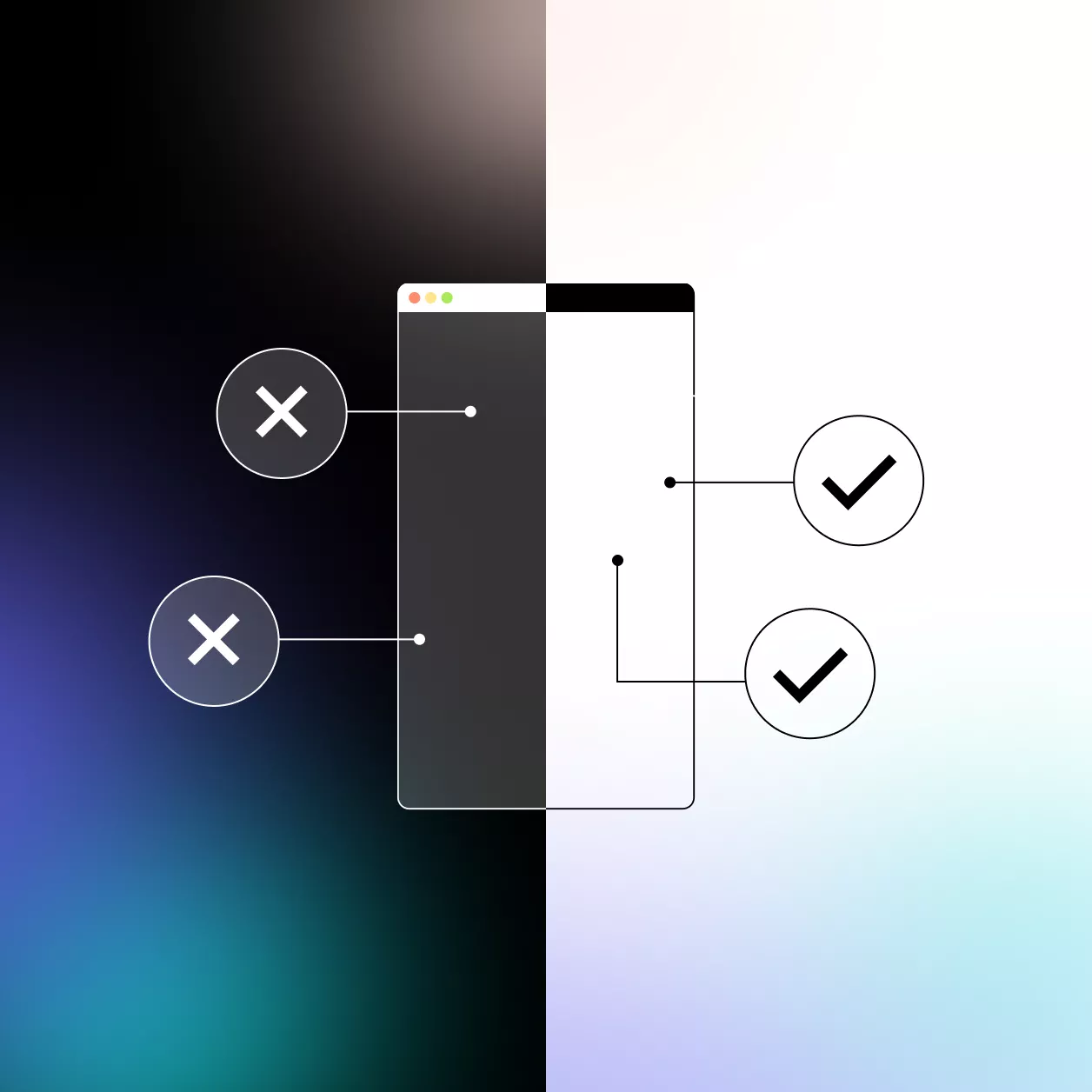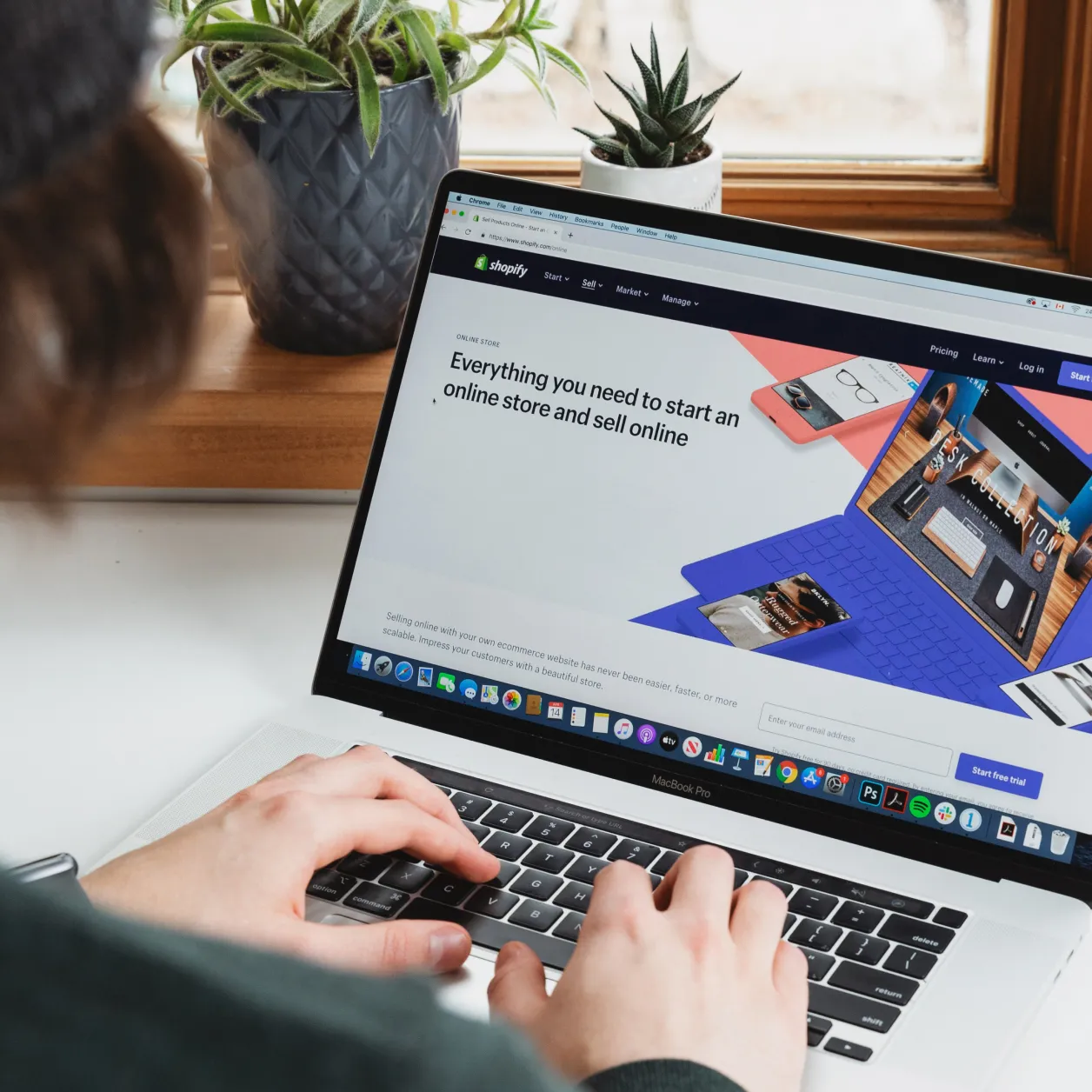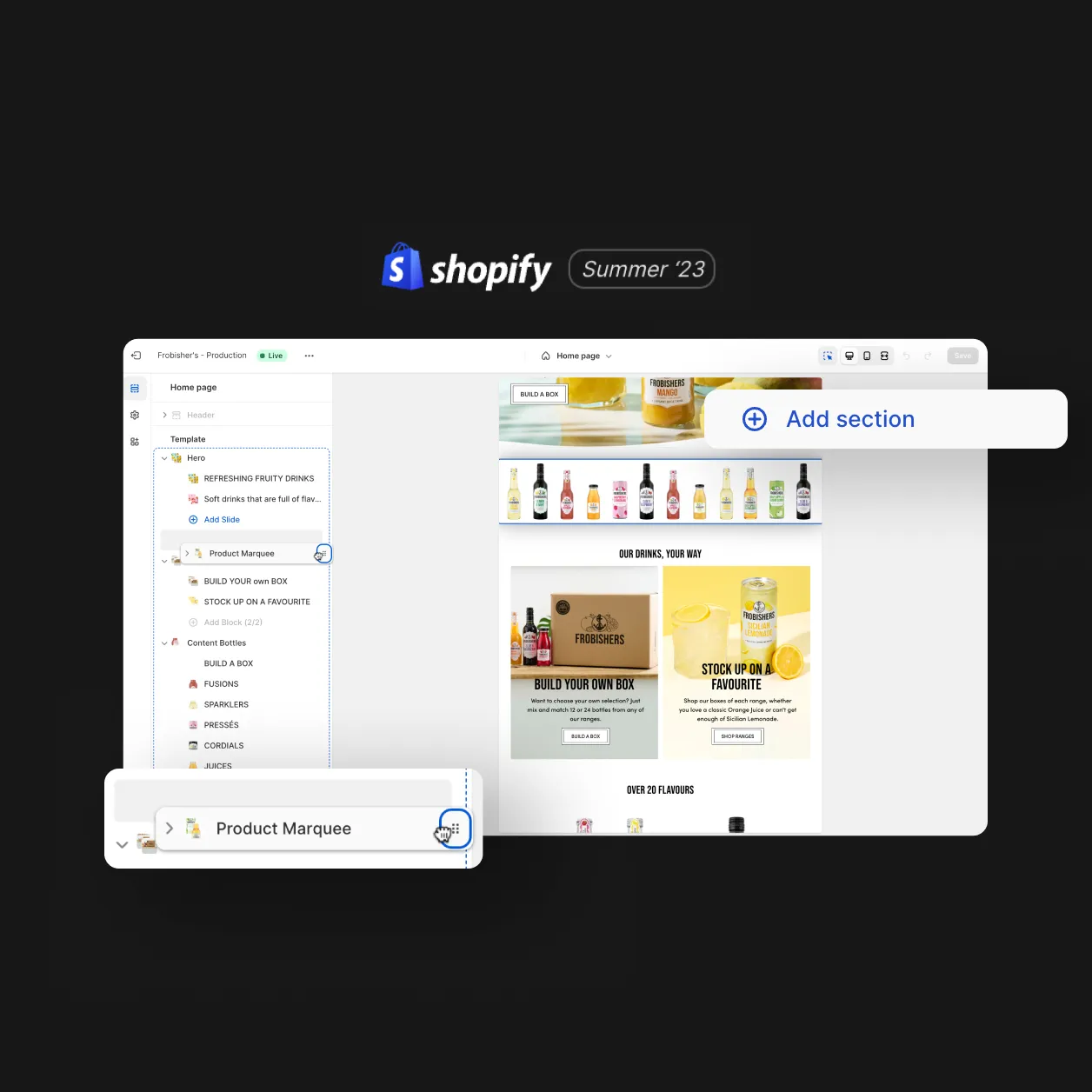
Brands which sell their products directly to their customers online are realising that they need a website which has an interesting, intuitive and enjoyable user experience. The aim of investing in strong UX design is to create a memorable experience for your users, turning them into repeat clients and advocates for your brand.
However, having a well designed site is only the first step in ensuring your brand and product is well represented and performing well online.
Conversion rate optimisation, most commonly referred to as CRO, is a term which is fast gaining traction in the world of ecommerce and DTC. Brands are beginning to understand that continual investment in evaluating and amending their site’s UX and user interface (UI) can have positive effects on their overall conversion rates.
For a more indepth look at what CRO entails, check out our previous post “What Is Conversion Rate Optimisation (And Why Should DTC Brands Care?)”
Why is a CRO strategy important?
Once your site is live, it’s vital that you invest time in evaluating the performance of its primary user flows. User behaviour tends to evolve over time as technological trends change and users become accustomed to different interfaces. By understanding and anticipating this you are best placed to keep up, and help your site remain user-friendly and relevant.
For example, how and when new users are served with discount codes for subscribing to newsletters can impact their motivation to add products to their cart, and continue to the
checkout. If the messaging here isn’t timely or clear, users will be less likely to follow through with the offer.
By having an understanding of how to evaluate the various user journeys through your site, you are well placed to ensure your conversion rates are optimised. However, an effective CRO strategy must avoid some common mistakes in order to work well, and we’ve highlighted 3 here which you should definitely keep in mind for your site.
Avoid wholesale changes
The most common mistake made by brands when looking to optimise their conversion rates is to try and fix everything at once. Analytics tools can present a huge variety of data related to different areas of your site, but often a change at an early stage of the primary user flow will have repercussions on the later stages of the same flow.
Therefore, we advise focusing on small yet strategic changes, perhaps through A/B testing, observing how this has a wider impact on the shopping flow and re-evaluating again in time. This will most likely lead to a consistently positive impact on your conversion rates.
In addition, if other teams in your organisation are involved in defining potential fixes to your site, you could look to create a high, medium and low priority scope for any amends. This will allow transparency across teams as to what you would like to look at solving first, and what can wait, depending on initial results.
Don’t make assumptions
Try to avoid anchoring all of your CRO ideas in this analytical data. Often these tools give an excellent top-down approach to analysing user experience, but by combining this with more personal qualitative research you stand a better chance of defining the true problems.
An example of this could be where your analytics highlight a loop in user behaviour, where they are frequently returning to the previous page. You may assume that they are missing the key interface tools to continue their flow forwards, whereas they may in fact be looking to understand something which hasn’t been well explained up to this point, such as shipping or return policies.
Try to speak to your users through focus groups and interviews to ensure your data is given a voice, and minimise assumption making about what will improve your site performance.
Take user intent into account
Finally, a lot of time and energy has usually gone into acquiring your users. This might have been done through targeted marketing strategies or brand building activities, but either way, you’ve done the hard part and they’re on your site. Now we need to turn those users into customers through conversions. However, it’s important to remember that your users’ shopping intent may vary.
Some may arrive with high intent, wanting to purchase on their first visit. However, others may arrive with a stronger preferential intent, browsing to gather information about your brand and products, weighing up the competition before making a purchase.
The mistake here lies in the fact that brands all too often try to present every type of user with the same information, and often those with high commercial intent. However, through the implementation of specific landing pages, designed to accommodate different types of intent from different channels, you’re more likely to convert your users into customers over time. For example, a landing page tackling preferential intent may have a comparison table between you and the competitors in your sector. This gives users an easy way to understand how you stack up, and will hopefully encourage them to continue their journey with you. If you’re able to differentiate between these varying levels of intent, you can present users with pages which cater to their needs, giving them an excellent user experience and desire to return and purchase.
What is a CRO agency, and could they help?
Here at Tribe we specialise in all stages of the design process, from exploratory UX/UI research, to full site design. In addition to this, we can incorporate an extended CRO retainer to ensure the long term success of our projects.
With access to specific quantitative and qualitative research methods we’re well placed to help define your most significant user problems, and strategise solutions.
To find out more about our UX/UI or CRO audits, drop us a message below.
Design
Inspiring behaviour change through visual experiences. Our digital design services ensure instant clarity and visuals that cut-through in a cluttered market.




